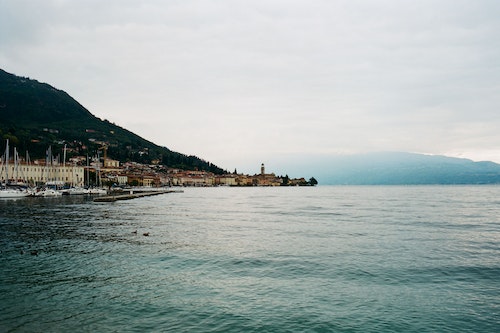
Introduction to Coastal Development and Marine Ecosystems
The Earth’s coastlines are among the most productive ecosystems in the world, providing both recreation and sustenance for humanity. But coastal development presents growing risks to fragile marine ecosystems. Constructing important and necessary infrastructure such as ports and bridges can create barriers to the migration of aquatic organisms, while disturbing habitats and causing water pollution.
Impact of Coastal Development on Natural Ecosystems
Coastal development can have profound effects on natural ecosystems. Significant changes to sedimentation patterns and the disruption of certain habitats can cause changes to species diversity and the abundance of certain species in the ecosystem. A change to the characteristics of the organisms in the ecosystem can cause dramatic changes to the food webs. Furthermore, shoreline development may cause changes to sensitive organisms such as sea turtles and species of livestock, disrupting the supply of food and resources from the ocean to both local and global communities.
Positive Impact of Coastal Development
Coastal development can, however, bring about positive changes. Improved infrastructure in areas such as ports and breakwaters can result in a decrease in the energy of waves at the beach, contributing to a decrease in beach erosion. Riverside development can also play a part in improving water quality by increasing the rate of natural flushing by reducing the velocities of rivers and estuaries. By providing access to a variety of different recreational activities, infrastructure development can promote increased knowledge and awareness of the value and fragility of marine ecosystems.
Environmental Challenges Posed by Coastal Development
Despite potential benefits, there are many environmental challenges posed by coastal development. Construction of ports, harbors and artificial structures can impede and obstruct the natural migration patterns of species, leading to decreased species abundance and diversity. Pollution generated by ships and vessels can cause an increase in pollutants in the water and may directly affect species, such as plankton.
Tangling of fishing nets, entrapment in marine debris and damage to ocean habitats may all occur as a result of coastal development. In addition, the introduction of hard materials such as concrete, asphalt and timber into the surrounding environment can disrupt natural water flow, preventing sediment from flowing and creating silt traps.
Conclusion
Given the environmental challenges posed by coastal development, it is essential that designers and decision-makers ensure that projects undertaken have minimal disruptive impacts on marine ecosystems. This will ensure that there are no negative effects on wildlife and biodiversity and that human activities are carried out in a manner that promotes the health of aquatic habitats. To do so, sustainable environmental practices must be incorporated into the design and implementation of projects. Projects should take into account the type of waterfront and the presence of sensitive species in the area. Additionally, the effective management and monitoring of ecosystems can help to reduce the negative effects of coastal development.
Ultimately, it is important to remember that coastal development can bring about both positive and negative changes to marine ecosystems. With careful planning and consideration of the potential impacts to the environment, provided by both decision-makers and the public, projects can be designed to minimize disruption while still reaping the benefits of infrastructure development.


